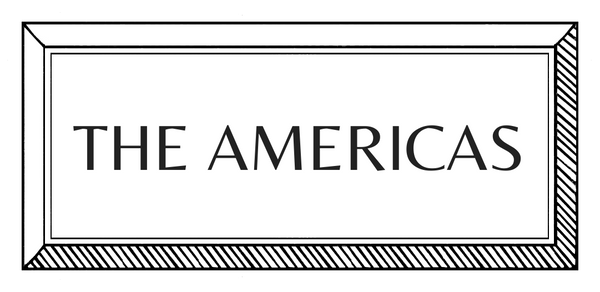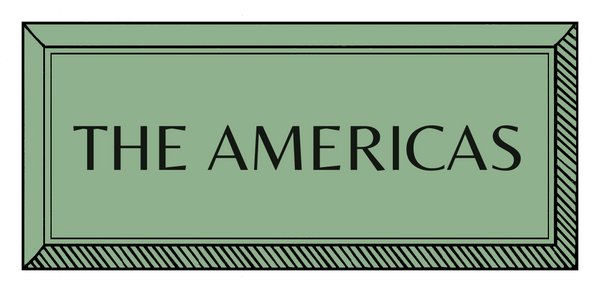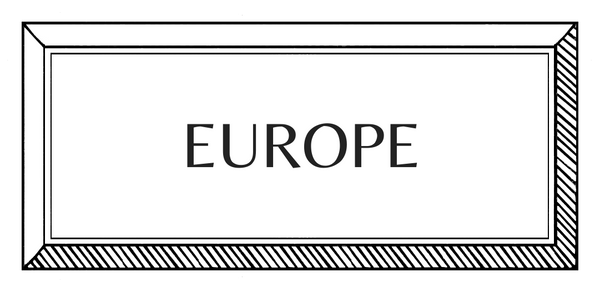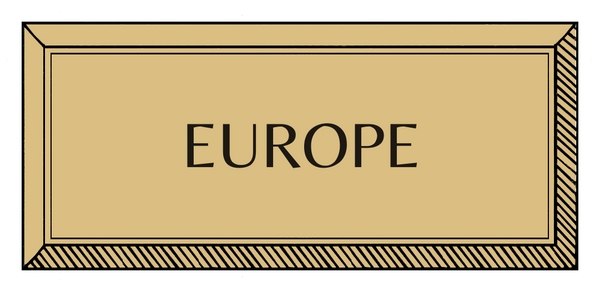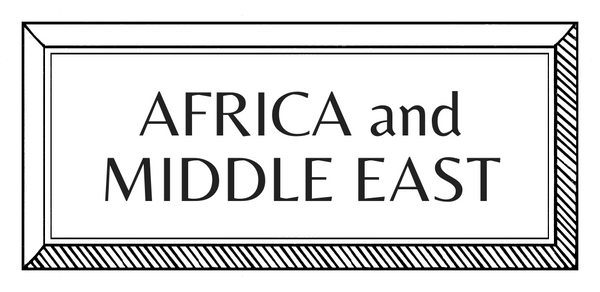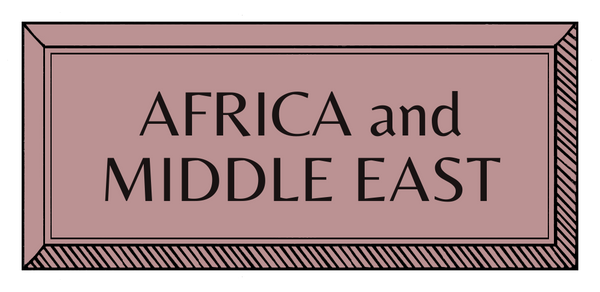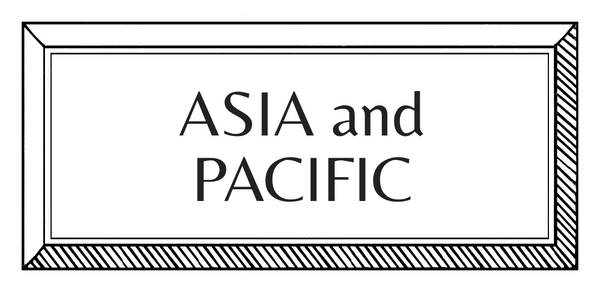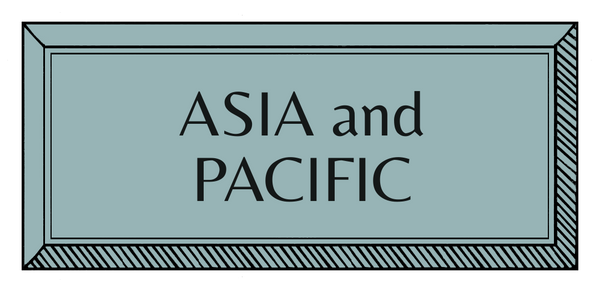MAKERS | THE AMERICAS | USA | MULTI-MEDIA
Green River Project & BODE

Ostensibly, Ben Bloomstein and Aaron Aujla run Green River Project, their furniture and design practice, and Emily Adams Bode Aujla runs Bode, her fashion brand. However, the three are friends, partners (Emily and Aaron are married), and symbiotic creative collaborators. Their output is fueled by constant conversation and hours of research. They share a reverence for materiality, the preservation of craft, a love of historical narratives, a fascination with domestic spaces, and a belief in the importance of research. Deborah Needleman sits down with the three creatives ahead of Cabana's Speak, Memory Salone 2025 exhibition.
Deborah Needleman: Where did you grow up, and how does it inform your work?
Ben Bloomstein: I grew up in and around Columbia County, NY, and Berkshire County, MA. We lived in a community that held craft/ art/trades in high regard. It has everything to do with who I am today.
Emily Adams Bode Aujla: I was born and raised in Atlanta, Georgia, but both of my parents are from Massachusetts, so I spent a lot of my childhood between the South and New England. Everything about my childhood informs what I do now—from my experiences and childhood education to the importance my parents placed on family life and nourishing creativity and teamwork.
Aaron Aujla: I grew up in Victoria, British Columbia, and had a bit of the Canadian’s obsession with America. It felt like culture and music were happening in America, and I always wanted to move there. I studied Art History at the University of Toronto, and that is the lens I see things through—both art and history.

DN: Where are your studios/workshops now?
BB: Green River has studios in Brooklyn and Hillsdale NY; our upstate studio is spread out, including a lot of outdoor space where we mill and process lumber. The studio is part of a larger compound that includes my brother’s metal shop as well as some agricultural projects.
DN: How did you all start collaborating with one another?
Emily Adams Bode Aujla: I would honestly say that our first instances of collaboration were really our conversations about our respective work and businesses. I was in college when I met Ben and Aaron, and our relationships really took off through this idea of making and creating worlds. Through these early conversations, Ben and Aaron helped conceptualize my very first Bode presentation and set the foundation for what Bode is today.
DN: How would you define what Bode is?
EABA: Bode is a brand founded on the preservation of craft and historical narratives. I would like to encourage others to partake in active preservation, learning about the past, and championing storytelling and personal histories.
DN: How do you manage to convey a world in a single object, whether in a piece of furniture or a garment?
AA: Emily and I saw the Kai Althoff installation on the roof of MOMA when she was just starting, and we talked a lot about the effect it had on her and what it could mean for her work. We really love immersive environments. I incorporated a lot of these ideas in my artwork at the time, but it never felt exactly right. But taking the idea of an immersive installation out of the art world and transporting it to other disciplines like fashion and design just made more sense to me. Similarly, with Ben, we’ve talked a lot about our love for Jason Rhoades’ work. These ideas fit more comfortably for me in design rather than art.
BB: I think it comes down to material and the way it’s treated—simply and with reverence. We live in a world so divorced from essence; it feels so sacred and nostalgic or emotional when we feel [the essence of an object]. I’ve always hated reading, but if I smell an old book, I am instantly dropped back into a memory of being a kid and looking for notes my grandfather wrote in his books.
EABA: Aaron, Ben, and I have all been intrigued by the domestic space since we were young. This fascination with the domestic space and the juxtaposition between private and public spaces has greatly informed our work. We are able to convey a world in a single object or in a single piece of clothing because there’s so much research and energy that we put into the development of these pieces.
DN: How do craft and narrative come into play in your work?
AA: It’s what drives us. For Emily, it’s about the people who made and used these things. She’s deeply interested in people and their stories. It’s why her family loves antiques so much; it comes down to a respect for people and their lives and their family folklore. When we did the Worth Street store for Emily, she was a new mother, and a lot of the space is about the concept of birth. There are references to Madeleine Castaing as a pioneering female designer and the impact she had, and I collected a lot of Audubon prints illustrating eggs, Ricky Clifton put eggs in an old pretzel jar, and there are a lot of bird motifs. I never talked about any of that, though; I don’t think these things need to be stated or shared; they can remain private. It’s just opening a store, and whatever version of that touches someone, if it does, is great.
BB: Craft exists to express a narrative, one can’t overshadow the other. If a balance isn’t met, the work becomes strictly decoration or some woodworker ego-flex trophy.
EABA: My collections begin through the study of personal narratives and naturally encompass material histories and craft techniques from both the same time period in which that person lived and what would have made up their environment– through the act of curation and collecting.
Interview by Deborah Needleman
Images from Green River Project, Cabana and Andrew Jacobs












